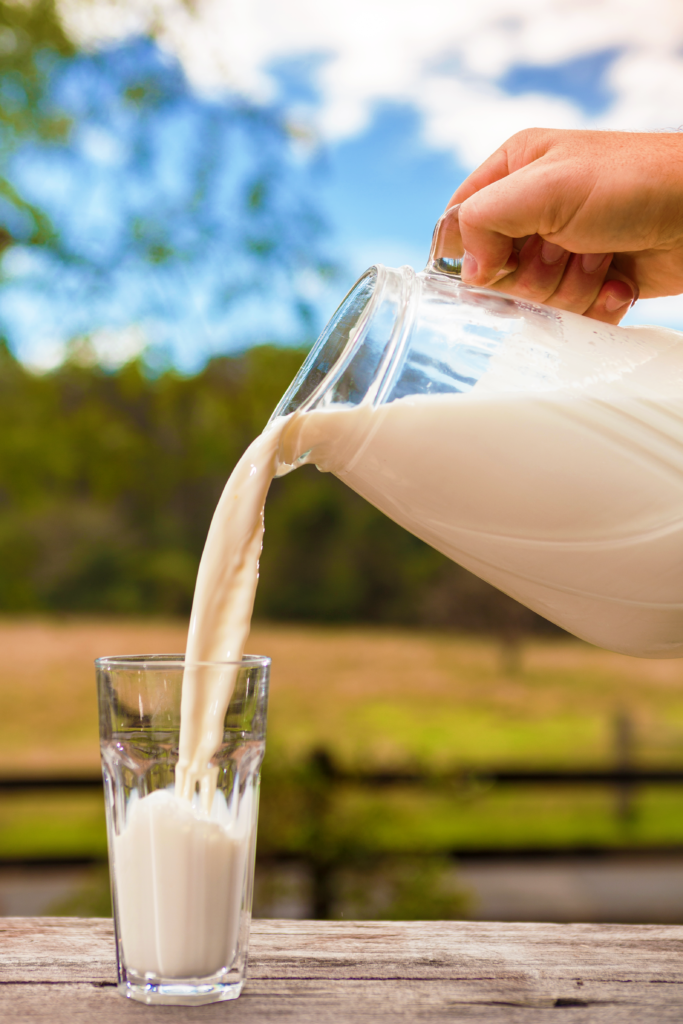Robust Chinese demand for dairy products is maintaining buoyant global commodity prices, Rabobank says.
In its quarterly update on the global dairy sector, Rabobank said New Zealand’s export engine has performed well since mid 2017, partly assisted by weather-related production challenges.
The bank said the weather risks have now been extended beyond NZ.
Europe has recently battled a cold front, Australia had localised bushfires and there are drought conditions at play in Argentina.
Dairy analyst Emma Higgins said “The peak period of milk production in the northern hemisphere still looms as a pressure point for the global market in Q2 2018.
“However, Rabobank does not see the northern hemisphere peak milk flows completely overwhelming the global market.
“EU milk production growth started 2018 on a high note but is also expected to trend lower throughout the year.”
Expectations that pressure would mount on global markets in Q2 2018 have moderated, with a global rebalance looming in the second half of the year.
The European Commission does not intend to buy any skim milk powder (SMP) at the fixed intervention price in 2018, instead focusing on clearing the 375,700 tonnes of intervention SMP stocks, which will continue to pressure SMP prices and likely divert milksolids to other product streams.
Among the other issues Rabobank believes could influence dairy markets in the coming two quarters include the outcome of NAFTA talks, where any change to tariffs could see Mexico looking for sources outside of the United States.
Rising feed costs are also expected to affect farmer margins and will be amplified in an environment of falling milk prices.
Article sourced from AgriHQ



